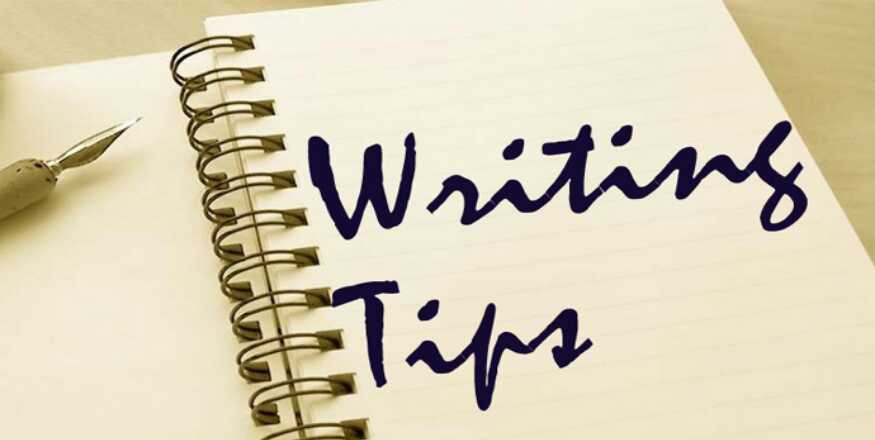Try to think of foreshadowing as part of the narrative (most of the time) then just a literary device as it's important to the story. The best time to stick it in is when you're in the second or third draft.
You see it's important to know what the story's themes are, what the ending will be like, and to get to know the characters better. Without knowing these well, the forshadowing will stick out like a dollar bill on a sidewalk.
More subtle ways to add it in is by using the weather, creating a certain mood for that chapter, and even the reactions of characters.
Some storys start with turbulent weather to set the mood to the readers, this foreshadows the dark events to come. On the flip side starting with nice weather would prime readers for a lighter story. Not that weather has to be used, there are other ways to do this too.
Using descriptions that can be clearly visualized is key here. Learning to create good descriptions is important in writing as it has far more uses then just telling about what's around the characters!
Descriptions and foreshadowing go hand in hand the key to many locks. And descriptions are just one tool to use with foreshadowing.
Woo! 🐑
Where was I? 🐥
Hey, wake up brain! 🐤
Right! 🐰
Descriptions can:
🐾 Set the scene
🐾 Move the plot
🐾 Set the mood
🐾 Foreshadow events
🐾 Give a sense of character
So don't skip descriptions keep working on them they matter. Alright, back to foreshadowing.
Don't think of it as a summary, that's boring man! Never give readers a reason to detach from the story. Add some nice detailes in your passages with the hints you're laying out.
As you add the hints in think about the main events and conflicts of your story, plan what ahead, and add the hints in that will relate to upcoming critical events.
Another way of foreshadowing is to introduce an event early that later on is like it later on in the story. Think of it as a pre-scene, a small bite to what's going to happen later.
Make the early event burn out before anything awesome happens, then readers will expect the drama to finish for real later on when the parallel big scene shows up.
Let's say like in a YA story little Mis. Perfect—I mean Mary Sue—oops 😉 I mean the main pov character goes into an ice cream shop, orders a sunday then leaves. Just as she leaves a twit—I mean a hunky guy bumps into her as he enters.
Just by having the two characters show up together in the same chapter, readers know they'll end up with each other in the end. Unless, of course the writer uses a plot twist.
It's good to let some time pass a few chapters, personally, whatever works best in your book imop. They don't say how many chapters to space between the foreshadowing so that's for the writer to judge.
Do let time pass (chapters) from where the foreshadowing was placed try yo get the reader caught up in the story and forget for a bit about the hints placed. La-de-da not that important look at this battle or ... such a hot and smexy scene!
You can also make fake foreshadowing: A Red Herring. It's a type of foreshadowing that intentionally mislead readers. Where other types of foreshadowing hint the events to come, red herrings send readers in the wrong direction to build up the suspense.
Make sure the false clue makes sense in the story world, its context so it's believed.
If a character is the red herring and say you set them up to look like they are the antaganist, then thread in small hints that they might not be after all. If you don't or your story will have a plot hole.
Think about the truth you're leading them away from while making the Red Herring to avoid getting them mixed up and that it makes sense.
Items, and people, can be used, this is true. But you can also use the narrative style too, depending on what kind. This is called an unreliable narraritor. I'll have to make another chapter about that at some point.
You can also mess with readers by say leaving claw marks on a wall (remember, what the character thinks about something isn't necessarily a fact or correct!) and it tourns out later Uncle Chris mini tiller exploaded and the pointy parts burst through the window embedding into the wall, so when he pulled thesm out they looked like claw marks. 😛
Hea!
Easy to say, harder to do. You can't learn to do something if you don't try, who knows fore-o-whaty might be what you're a genius at doing, give it a go!
One last thing, this is what bad 'foreshadowing' looks like:
If it is too obvious, you will have a “Duh!” moment.
If only Hana knew what awaited her ...
Billy didn’t know this was the last time he’d see his family.
If Kate knew that when she woke up in the morning, everything would be different, she would have slept in—only Kate didn’t know.
Hay, narrater get OUT! Stop telling, you know telegraphing. Sucking away all the suspence! Quit it. Newbies do that, don't be a noob.
ns 15.158.61.46da2





















